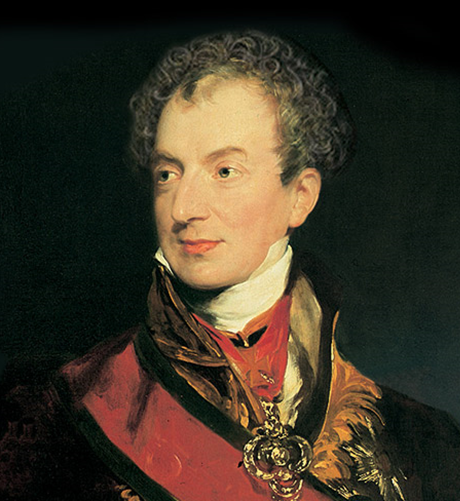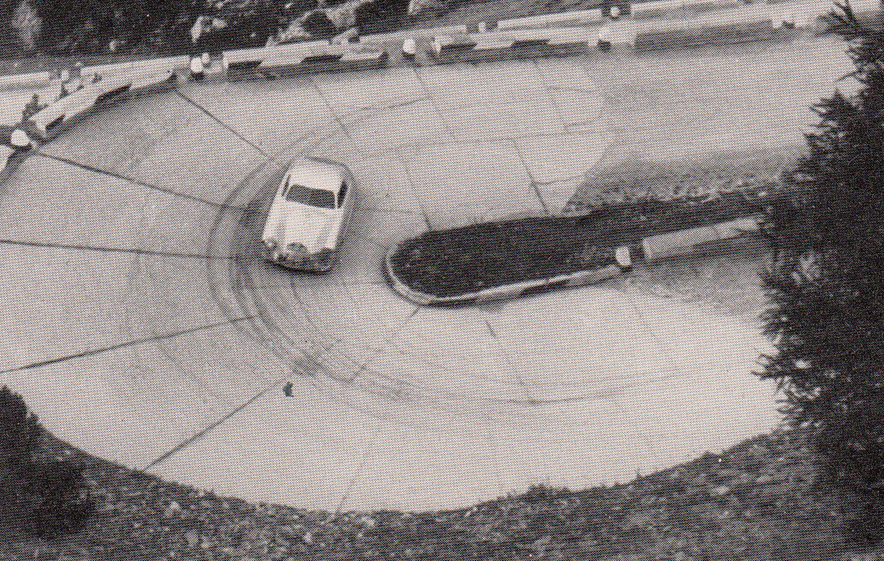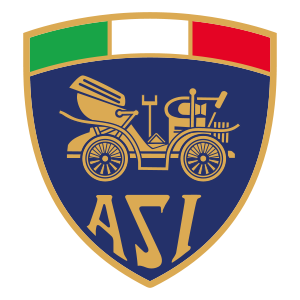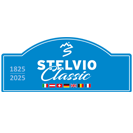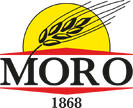|
Imperatore Austriaco |
At the Congress of Vienna (1814-1815), Chancellor Count Klemens Metternich conceived the ‘Lombardy-Venetia Kingdom’, an administrative region of the Austrian Empire. The Habsburgs sought to consolidate their power and influence base by creating a road between the Austrian territories and the Lombardy-Venetia Kingdom. Thus in 1818, an imperial decree of the Austrian Emperor Franz I. established: ‘... for strategic and military reasons, the construction of a road through the Rhaetian Alps’. |
|
|
|
|
Ingegnere |
The engineer Carlo Donegani of Brescia was commissioned to carry out the project: 1818: to develop a feasibility project 1819: the project was presented to the Austrian infrastructure commission 1820: the final project was approved and a call for tenders issued Start of work:
19. May 1823 on the Tyrolean side from Prato allo Stelvio and Trafoi (Nord side). |
|
|
|
|
Key project data
|
The road runs on the Tyrolean side in 48 hairpin bends. The Lombard slope has 36 hairpin bends and 6 tunnels. Construction work: Construction companies: Pietro Poli and Antonio Talacchini Tender amount:
Construction time: 1820-1825: only during the summer months (= ‘net’ is 3 years) Up to 3,000 workers were operational during the work on the two sides. |
|
|
|
|
Cancelliere Austriaco |
Opening ceremony of the road 6 July 1825, the ‘highest road in Europe’ was inaugurated in a festive atmosphere by the Chancellor of the Austrian Empire, Count Klemens Wenzel Lothar von Metternich. He climbed into a six-horse carriage and was accompanied by the Burgusio (Malles) band as well as a military delegation of the ‘Kaiserjäger’ and several local representatives. |
|
|
|
|
1898 |
The first cars ... Practically already with the invention of cars, the first manufacturers came to the STELVIO to test their vehicles. But the first automobile clubs organised various events at the STELVIO. 1898: The Austrian Club organises the first ‘Alpenfahrt from Trafoi to Cortina’ in 1898. 1921: Then follows the ‘Coppa delle Alpi’ with drivers such as Enzo Ferrari, Ugo Sivocci, Ascari and Campari, who regularly race at the Stelvio.
|
|
|
|
|
1932 – 1939 |
1932 - 1939: The ‘Highest Hill Climb in the World’ is organised with the start in Trafoi at the Stelvio. |
|
|
|
|
Rally internazionale |
In these years all the great drivers came to the Stelvio: from Hans Stuck (the first winner in 1932), to Tazio Nuvolari, Achille Varzi, Gildo Strazza, Count Giovanni Lurani, Count Carlo Felice Trossi or even Mario Tadini, who won the race five times. |
.png)
.png)


